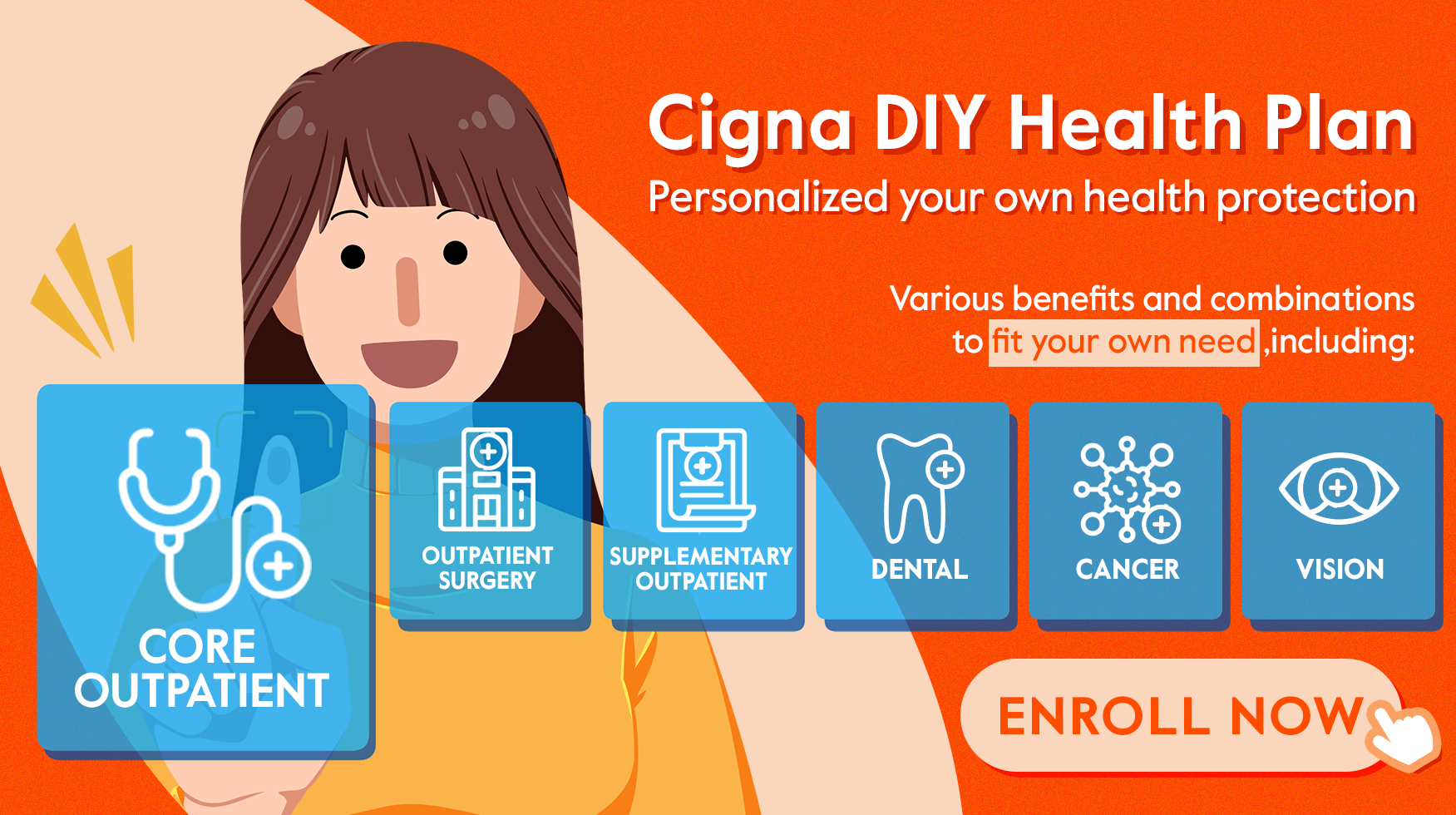Sprains and strains are common injuries caused by daily activities such as sports, hiking, walking on uneven surfaces, running to catch a bus, or even wearing high heels. It also occurs when you overstretch a muscle, usually caused by not warming up before exercising or muscle fatigue due to repetitive movement.
Nevertheless, the symptoms of sprains and strains - pain, soreness, swollen or bruised areas - can be very similar to dislocation and fracture. Instead of consulting general practitioners or physiotherapists, it's not uncommon for people in Hong Kong and Southern China to opt for Traditional Chinese Medicine (TCM) practitioners.
Dit Da: Fractures and Dislocations
The Cantonese phrase Dit Da(Chinese chiropractor or bone setter) literally means "fall and hit," which addresses physical trauma. The objective is to manipulate the broken ends of the bone or joints into their original position and fix them in place. Dit Da masters stimulate circulation and remove blood stasis, to reduce pain and swelling, with the unique mixture of Chinese herb liniment (Dit Da Jow), combining pulling, repositioning, and deep tissue massage techniques.
Traditionally, Dit Da is a holistic approach to cure skeleton, muscles and joints issues. In addition to treating acute injury, Dit Da master can also perform bone setting to alleviate pain and soreness developed by chronic injuries such as tennis elbow.
Acupuncture: Muscle Strains and Torn Ligament
When muscle and ligament is torn, significant inflammation and swelling occurs. While the intense pressure brought by joint or bone manipulation may worsen the situation, it's recommended to visit an acupuncturist for pain and inflammation relief.
Acupuncture treatment is based on a TCM philosophy that pointing fine needles into specific points on the body - the acupoints - can re-balance the flow of the body's energy(‘qi’). It helps diffuse the swelling and associated stiffness. Acupuncture offers relaxation and works well on chronic conditions, such as back and neck pain, allergies, and stress.
Acupuncture is also a complementary therapy for cancer patients to control chemotherapy symptoms, including pain, fatigue, and nausea.
Chinese Herbal Medicine: Invigorate circulation and promote healing
Whether you visit a Chinese chiropractor or an acupuncturist, Chinese herbal formulas - to be used externally or internally - are frequently prescribed. These Chinese herbs help promote blood circulation and dissipating blood stasis, relieving pain to restore the injured area's movement and function to normal.
Chinese vs. Western Medicine
Western medicine often focuses on eliminating the symptoms, while Chinese medicine sees the human body as one interconnected biosystem. For example, both Chinese chiropractor and acupuncturist suggest stimulating circulation to relieve pain and swelling.
Some patients opt for a combination of Chinese and Western medicine, and it's a good idea to share with your practitioner all the treatments you use.
You can't always prevent an accident, but you can be prepared in case one ever happens. Cigna DIY Health Plan enables you to freely choose from various protection benefits to customise your plan to your individual needs, including dental coverage, regular oral check-up, treatment cost and emergency. Tailor your health coverage now.
Sources:


